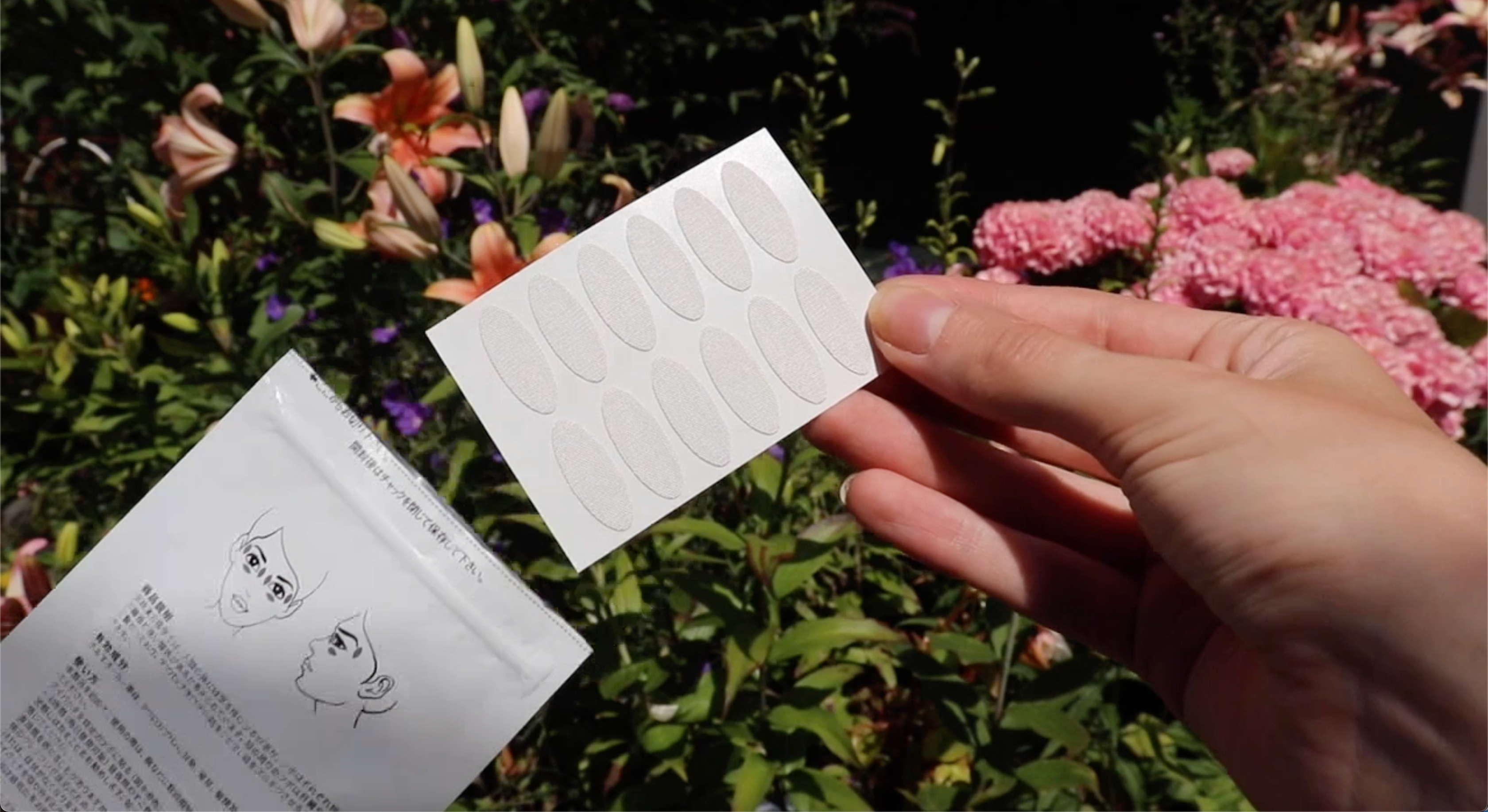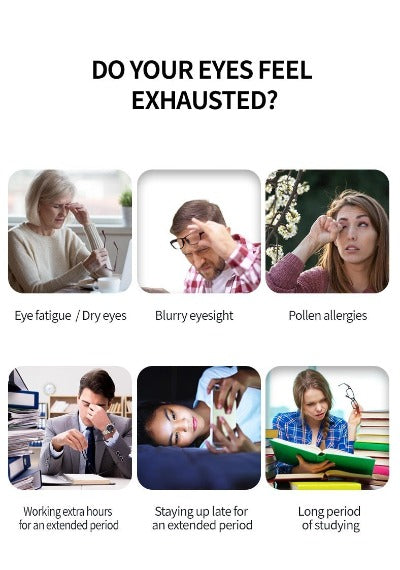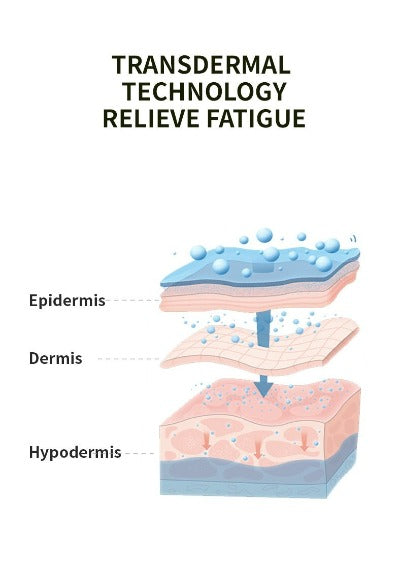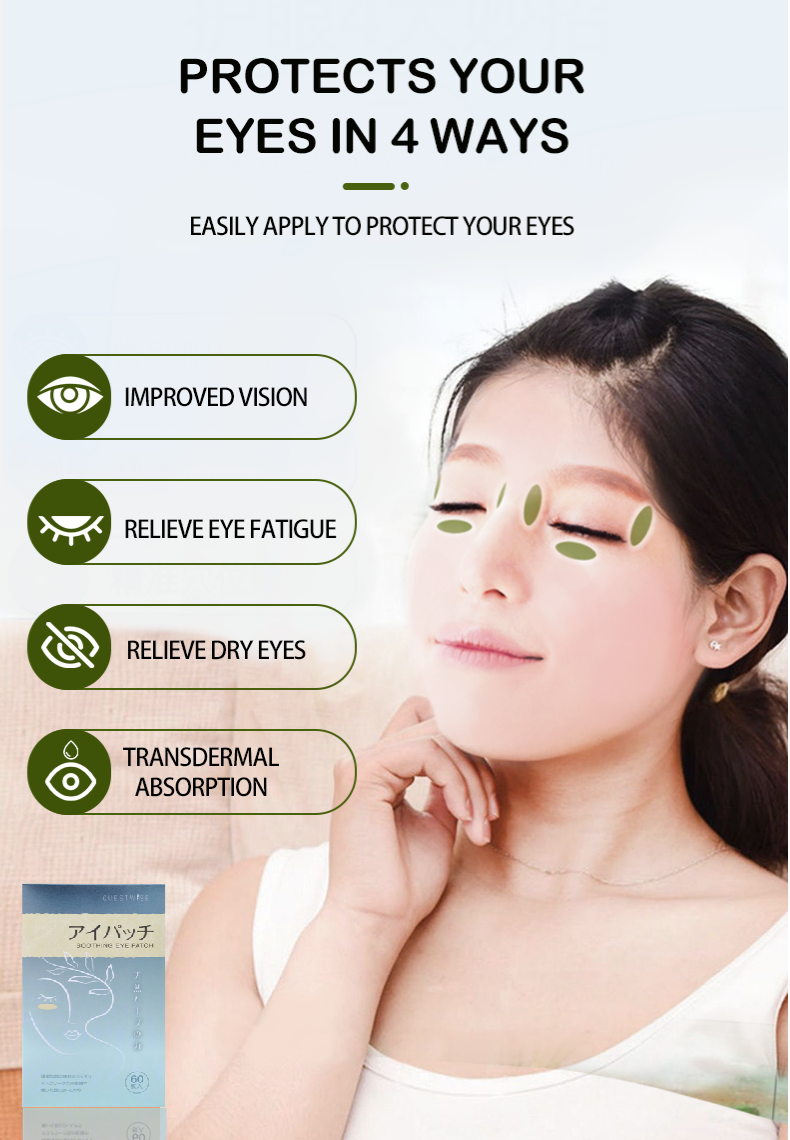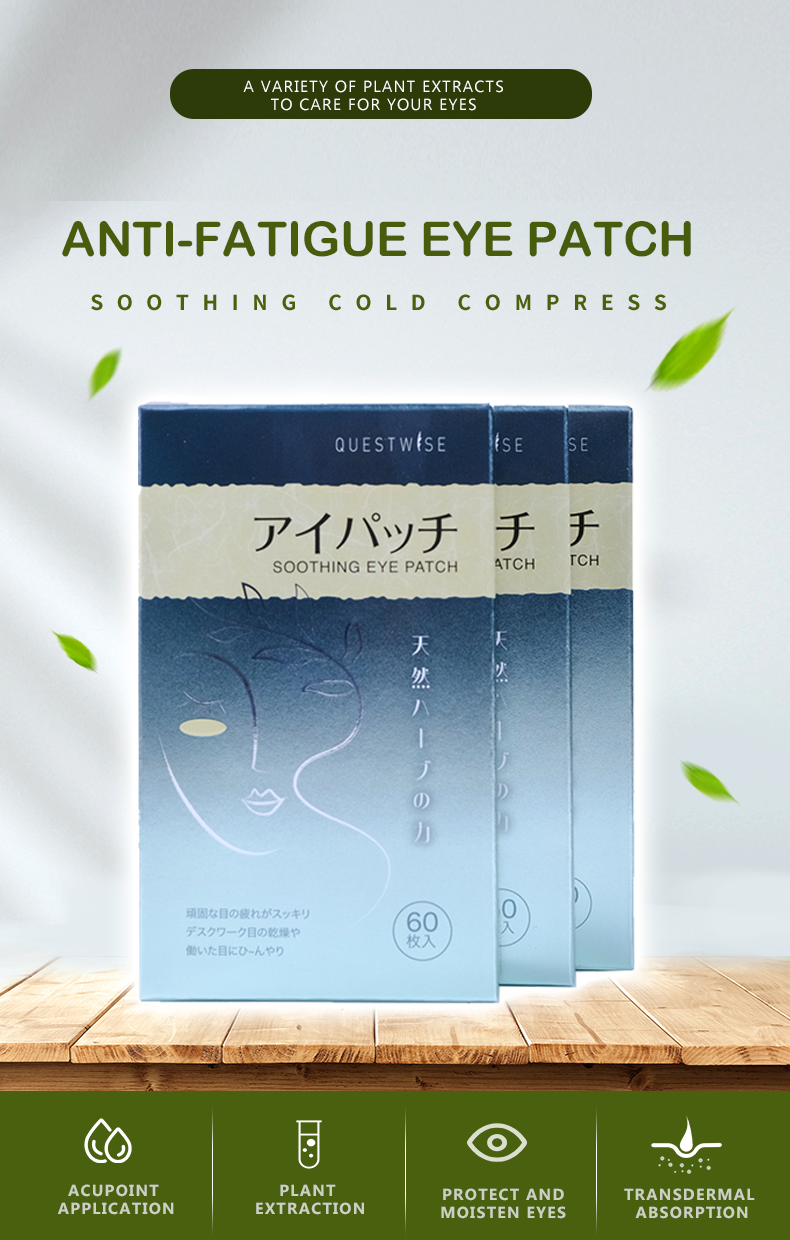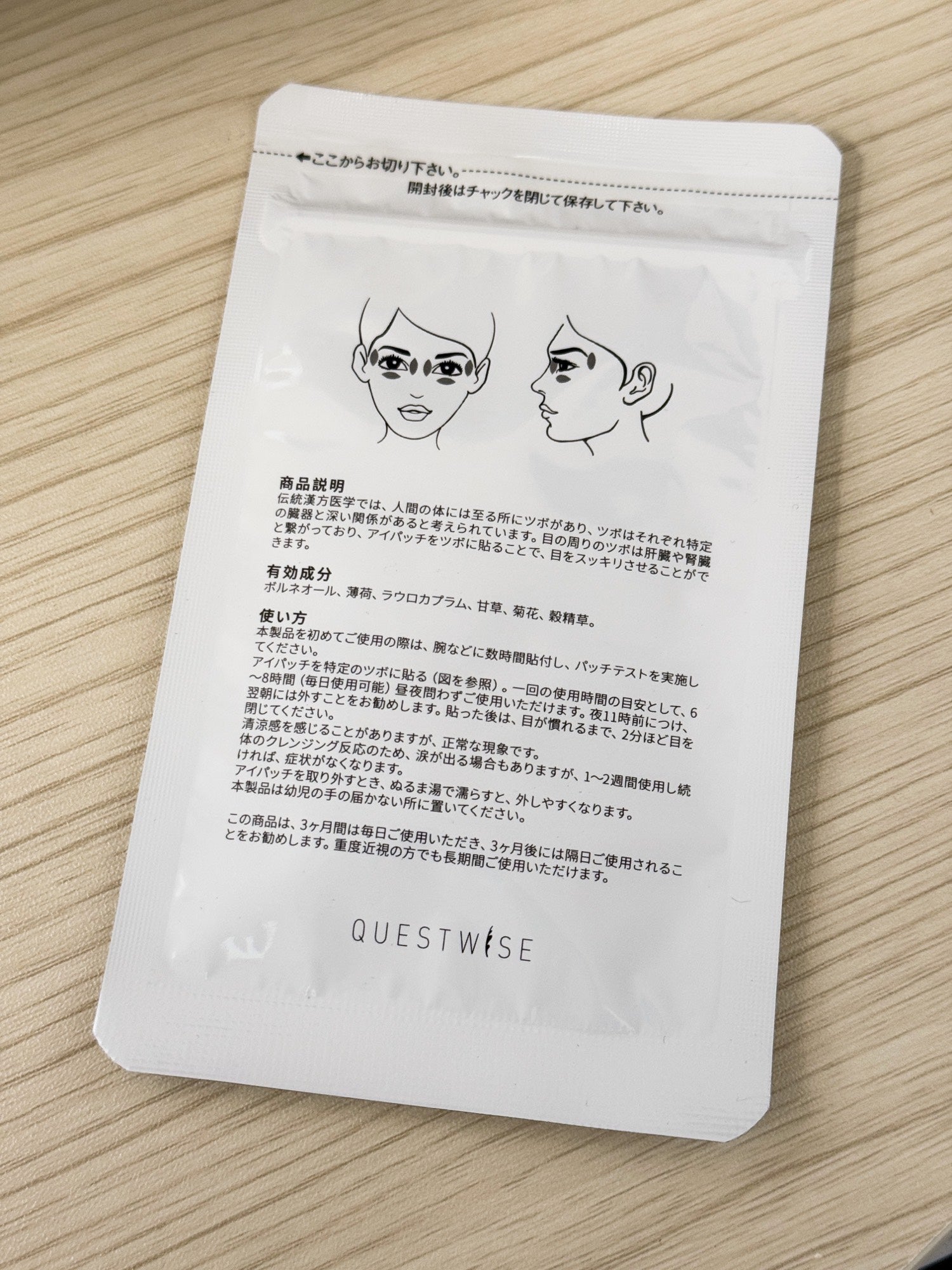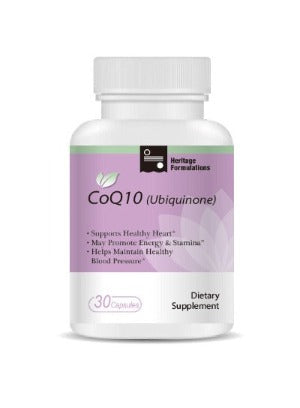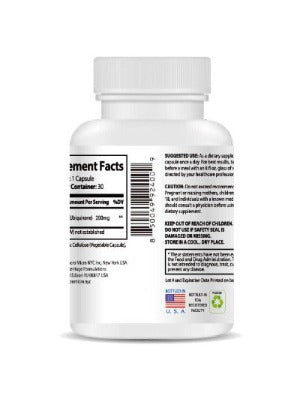The Modern Epidemic: Our Eyes in the Digital Age
In the bustling landscape of 2025, our lives are inextricably linked to screens. From the moment we wake up to the final scroll before sleep, digital devices are our constant companions. This pervasive presence, while offering unparalleled convenience and connection, has ushered in a new set of health challenges. Foremost among these is the escalating problem of digital eye strain, a constellation of symptoms that plague millions worldwide. At the heart of this digital discomfort lies dry eye syndrome, a condition that transforms clear vision into a gritty, irritated ordeal. Understanding the root causes and implementing effective preventative strategies is no longer optional; it’s essential for maintaining ocular health and overall well-being.
Deconstructing Dry Eye Syndrome: More Than Just Dryness
Dry eye syndrome is a multifaceted condition that arises when the eyes don't produce enough quality tears or when tears evaporate too quickly. Tears are not merely water; they are a complex mixture of water, oils, and proteins that work synergistically to keep the ocular surface smooth, nourished, and protected. When this delicate tear film is compromised, a cascade of symptoms can emerge:
- Redness and irritation
- A gritty or sandy sensation
- Burning or stinging
- Blurred vision, especially after prolonged screen use
- Watery eyes (paradoxically, as the eye tries to compensate for dryness)
- Sensitivity to light
- Eye fatigue
The primary driver behind the surge in dry eyes related to screen use is the significant reduction in our natural blink rate. When engrossed in screens, our blink reflex is suppressed, sometimes by as much as 50%. This means our tear film isn't being replenished or spread evenly across the eye's surface as frequently as it should be. Furthermore, the constant emission of blue light from our devices, while often discussed in terms of sleep disruption, can also contribute to ocular surface inflammation, further exacerbating the symptoms of dry eyes.
Proactive Defense: Your Action Plan Against Digital Dry Eyes
The battle against dry eye syndrome induced by screen time is winnable. By integrating simple yet powerful habits into your daily routine, you can significantly mitigate discomfort and protect your precious vision. The key lies in mindful engagement with your digital environment and diligent eye care.
Mastering the 20-20-20 Rule: A Non-Negotiable Break
This rule is the cornerstone of digital eye strain prevention. It’s elegantly simple yet remarkably effective. Every 20 minutes you spend gazing at a screen, consciously shift your focus to an object at least 20 feet away for a minimum of 20 seconds. This enforced break allows your eye muscles to relax, reduces the accommodative effort, and crucially, prompts a more natural blinking pattern. To make this rule stick, consider using digital timers, calendar reminders, or even browser extensions designed to prompt you at regular intervals. Train yourself to recognize the subtle cues of eye fatigue and respond preemptively.
The Power of the Blink: Reclaiming Your Natural Rhythm
Consciously blinking is paramount. Unlike shallow, partial blinks that often occur during screen use, aim for full, deliberate blinks. Gently close your eyelids completely, ensuring that the upper lid makes contact with the lower lid. This action effectively spreads a fresh layer of tears across the entire surface of your eye, lubricating it thoroughly and flushing away any accumulated debris. Practice this throughout your day, especially during intense work sessions or prolonged movie viewing. Think of it as an active form of eye maintenance.
Optimizing Your Digital Command Center: Ergonomic Excellence
Your workstation setup can dramatically influence your eye comfort. Position your computer monitor so that it is roughly an arm's length away from your face. The top edge of the screen should ideally be at or slightly below your natural eye level. This posture minimizes the need for excessive neck strain and reduces the surface area of your eyes exposed to the air, which can lead to tear evaporation. If glare from overhead lights or windows is an issue, consider investing in an anti-glare screen filter. Matte screen protectors can significantly reduce reflections, making it easier for your eyes to focus without strain.
Environmental Control: Creating an Eye-Friendly Atmosphere
The air around you plays a vital role in your tear film stability. Dry environments, often exacerbated by air conditioning, heating systems, or ceiling fans, can significantly worsen dry eye symptoms. Consider using a humidifier in your workspace to maintain optimal indoor humidity levels. Position yourself away from direct drafts from fans, air vents, or open windows. Ensuring adequate, indirect lighting can also reduce eye strain; avoid working in dimly lit rooms or in front of bright windows without proper shading.
Hydration and Nutrition: Fueling Your Eyes from Within
Internal hydration is fundamental to producing healthy tears. Make a conscious effort to drink an adequate amount of water throughout the day. Dehydration affects all bodily functions, including tear production. Beyond water, your diet can also play a supportive role. Incorporating foods rich in omega-3 fatty acids is highly recommended. Fatty fish like salmon, mackerel, and sardines, as well as plant-based sources such as flaxseeds, chia seeds, and walnuts, can help improve the quality of your tears and reduce ocular inflammation. Some studies even suggest that omega-3 supplements can be beneficial for those suffering from chronic dry eye.
Lubricating Eye Drops: A Soothing Sanctuary for Your Eyes
When preventative measures alone aren't sufficient, or for immediate relief, artificial tears are an invaluable tool. These over-the-counter eye drops act as a substitute for your natural tears, providing essential lubrication and soothing discomfort. When selecting artificial tears, opt for preservative-free formulations if you anticipate using them frequently (more than four times a day). Preservatives, while helpful for shelf-life in multi-dose bottles, can sometimes cause irritation or toxicity to the eye's surface with chronic use. Experiment with different brands and viscosities to find what offers you the most comfort.
The Importance of Professional Consultation
While the strategies outlined above can empower you to manage and prevent digital eye strain and dry eyes, it is crucial to consult with an eye care professional if your symptoms persist or worsen. An optometrist or ophthalmologist can conduct a comprehensive eye examination to accurately diagnose the cause and severity of your dry eye syndrome. They can rule out other underlying medical conditions and recommend personalized treatment plans. These may include prescription eye drops to increase tear production or reduce inflammation, specialized contact lenses, punctal plugs to conserve natural tears, or other advanced therapies tailored to your specific needs. Don't let the persistent discomfort of dry eyes from excessive screen time dictate your comfort and productivity. By embracing these proactive habits and seeking professional guidance when needed, you can safeguard your vision and enjoy a clearer, more comfortable digital experience throughout 2025 and beyond.




